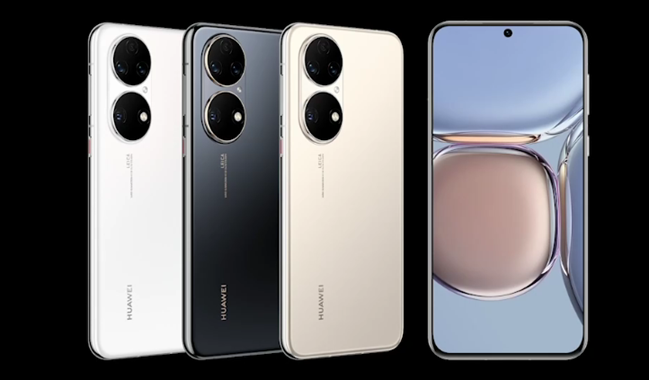By Miranda Li
Chinese mobile phone industry chain manufacturers are facing a sluggish market of the entire consumer electronics industry this year.

Apple reportedly has recently cut its iPhone SE and AirPod orders. Major Chinese Android mobile phone brands have cut orders by about 170 million units, accounting for about 20% of the original 2022 shipment plan.
With insufficient consumer confidence in the market under the continued pandemic and geopolitical changes, demands have decreased, especially for smartphones, TWS headsets, laptops, and TV sets. Research firm TrendForce revised its original shipment forecast of 238 million laptops to 225 million units, down 8% year-on-year, and laptops, including Chromebooks, in the second quarter of 2022 are estimated to be about 55.1 million units, a quarterly decrease of 0.7%.
Consumer electronics companies have already started planning for new lines of businesses such as wearable devices, smart homes, VR, new energy vehicles, digital energy, and photovoltaics in recent years.
According to the latest IDC statistics, the 2021 global shipments of wearable devices (smartwatches, smart wristbands, wireless headphones) totaled 534 million units, increasing 20% from 445 million in 2020. Smartwatches account for 23.97%. It is estimated that the global shipment of smart wearable devices will reach 632 million units in 2024.
Global VR/AR headsets shipments will exceed 50 million units in 2026, with a compound annual growth rate (CAGR) of 35.1%.
According to the U.S.-based Clean Technica, the global sales of new energy vehicles (passenger vehicles) totaled nearly 6.5 million in 2021, a 108% jump from 2020. It is predicted that the number will reach 10 million in 2022, and the market share is to have a double-digit breakthrough for the first time.
Take a look at Chinese brands Xiaomi and Huawei.
In addition to its businesses in the smart wearable field, Xiaomi has built its competence in AIOT ecosystem chain with mobile phones as the core. It has successively expanded to the smart home, travel accessory, and other daily necessities, creating a unique Xiaomi product ecosystem.
For Huawei, the 2021 annual report shows revenue declines in Huawei’s two primary businesses, the operator business and the consuming business, but the enterprise business achieved RMB 102.4 billion ($15.319 billion) sales. The emerging business revenue has increased significantly by more than 30% yearly. Although the revenue of its mobile phone, tablet, and PC businesses has fallen, the businesses of wearable devices, large screens, and other categories have experienced noticeable growth, with a growth rate of more than 30%. In addition, new businesses such as Huawei Cloud, smart photovoltaics, computing for coal industry, and automotive devices are also expected to drive its business growth.
After announcing its entry into the new energy vehicle and photovoltaic, Lens Technology(蓝思科技), a leader in glass cover plates based in central China’s Hunan Province, announced in April that it planned to increase RMB 3.9 billion ($585 million) in smart wearable and touch-sensitive panel projects, which would become the company’s vital business growth area in the future.
While stabilizing its core optical business, Ofilm Group(欧菲光), an electronics manufacturer established in 2002 in south China’s Shenzhen, is also actively deploying optical and electronic products for smart cars, VR/AR, industrial, medical and sports cameras as its new growth driver.
Wingtech Technology(闻泰科技), a listed semiconductor IDM company in Beijing, has won another RMB 5 billion ($748 million) for a home automation project, which is under mass production and normalized shipments. The operations show Wingtech Technology is trying to expand from the traditional mobile phone ODM business to tablet, notebook, IoT, server, and automotive electronics businesses.
The RF IC manufacturer MAXSCEND(卓胜微电子), listed on Shenzhen Stock Exchange, said that it would further expand its low-power Bluetooth microcontroller products for smart wearable and intelligent homes and Internet of Things applications.


 登录
登录








